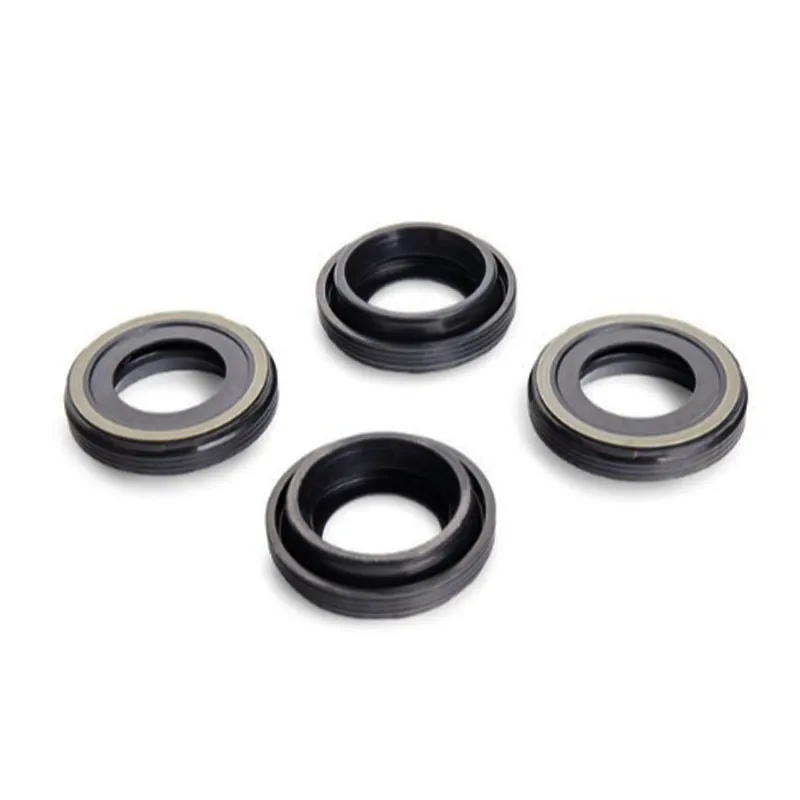transmission front main seal
Understanding the Transmission Front Main Seal
The transmission front main seal plays a crucial role in the functionality and longevity of a vehicle's transmission system. Although often overlooked, this component is essential for maintaining the efficiency of the transmission by preventing fluid leaks. In this article, we will explore the purpose of the transmission front main seal, its symptoms when it fails, potential causes of failure, and how to address issues related to it.
What is the Transmission Front Main Seal?
The transmission front main seal is specifically designed to seal the area where the transmission and engine meet. It is positioned around the input shaft of the transmission, preventing the transmission fluid from leaking out. This seal typically consists of rubber or a similar material, and its design helps to withstand the high temperatures and pressures generated within the transmission system.
Importance of the Transmission Front Main Seal
The transmission fluid is vital for lubrication, cooling, and hydraulic functions within the transmission. A solid seal ensures that this fluid remains contained within the system, which in turn helps maintain optimal transmission performance. If the front main seal fails, it can lead to a multitude of issues, including reduced fluid levels, overheating, and ultimately, transmission failure.
Symptoms of a Failing Transmission Front Main Seal
Recognizing the signs of a failing front main seal is crucial for timely intervention. Drivers may notice the following symptoms
1. Fluid Leaks One of the most apparent signs of a failing seal is the presence of transmission fluid leaking under the vehicle. This fluid is usually bright red or pink and has a distinct smell. If you notice fluid pooling beneath your vehicle, it’s crucial to investigate promptly.
2. Transmission Slippage A decrease in the performance of your transmission may also indicate seal failure. Slipping occurs when the gears do not engage correctly, possibly because of low fluid levels caused by leaks.
3. Unusual Noises If you hear grinding, whining, or clunking noises coming from the transmission while it’s in operation, it could be due to insufficient lubrication from leaking fluid.
transmission front main seal

4. Warning Lights Modern vehicles are equipped with sensors that can detect low transmission fluid levels. If the check engine or transmission warning light illuminates on your dashboard, it may warrant an inspection of the front main seal.
Causes of Front Main Seal Failure
Several factors can contribute to the premature failure of the transmission front main seal
1. Age and Wear Over time, the rubber material of the seal can degrade due to heat and stress, leading to cracks and loss of elasticity.
2. Fluid Contamination Contaminated transmission fluid can cause the seal to break down more quickly. Particles and debris can create wear on the seal surface.
3. Improper Installation If the seal is not properly installed, it can become misaligned and fail to contain the fluid, leading to leaks.
4. Excessive Heat Continuous exposure to high temperatures can lead to a breakdown of the seal material. Overheating can often be caused by a problematic cooling system or low fluid levels.
Addressing Transmission Front Main Seal Issues
If you suspect issues with your transmission front main seal, it is advisable to seek professional help. A qualified mechanic will perform a thorough inspection of your transmission system, checking for leaks and assessing the condition of the seal.
If a leak is confirmed, the mechanic will generally recommend replacing the front main seal. This process can involve removing the transmission from the vehicle, which may be labor-intensive and costly. However, addressing the issue promptly can save you from more extensive repairs down the line.
In conclusion, the transmission front main seal may be a small and often overlooked component, but its importance cannot be underestimated. Regular vehicle maintenance and being aware of the signs of potential leaks or failures can help ensure that your transmission operates smoothly, ultimately prolonging the life of your vehicle. Always prioritize timely inspections and repairs to avoid the costly consequences of a failing transmission system.
-
Understanding the Front Main Engine Seal: Purpose, Maintenance, and Installation
News Jul.29,2025
-
Understanding O-Rings and Seal Rings: Types, Applications, and Custom Solutions
News Jul.29,2025
-
Understanding Crankshaft Oil Seals: Rear Seals, Pulley Seals, and Their Role in Engine Integrity
News Jul.29,2025
-
The Importance of Front and Rear Crankshaft Seals in Engine Performance and Oil Management
News Jul.29,2025
-
Crank Oil Seals: Functions, Types, and Cost Considerations in Engine Maintenance
News Jul.29,2025
-
A Comprehensive Guide to O-Rings and Seals: Types, Materials, and Global Applications
News Jul.29,2025
-
Mastering Diesel and Performance Engine Maintenance: A Guide to Critical Oil Gaskets
News Jul.28,2025
Products categories















